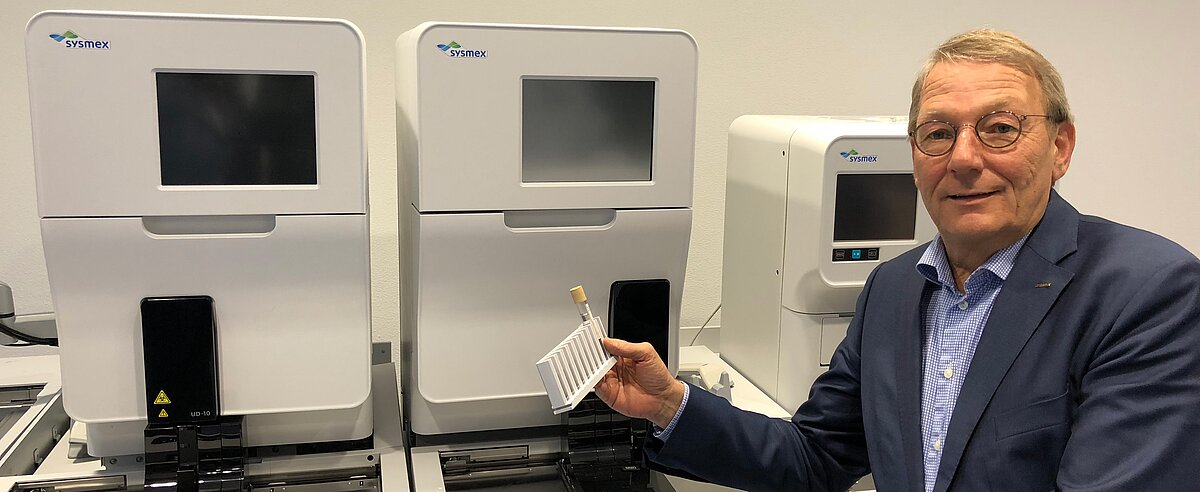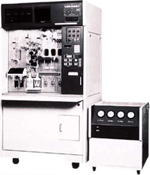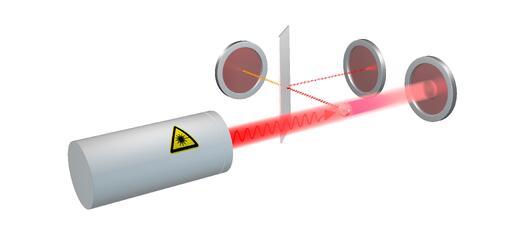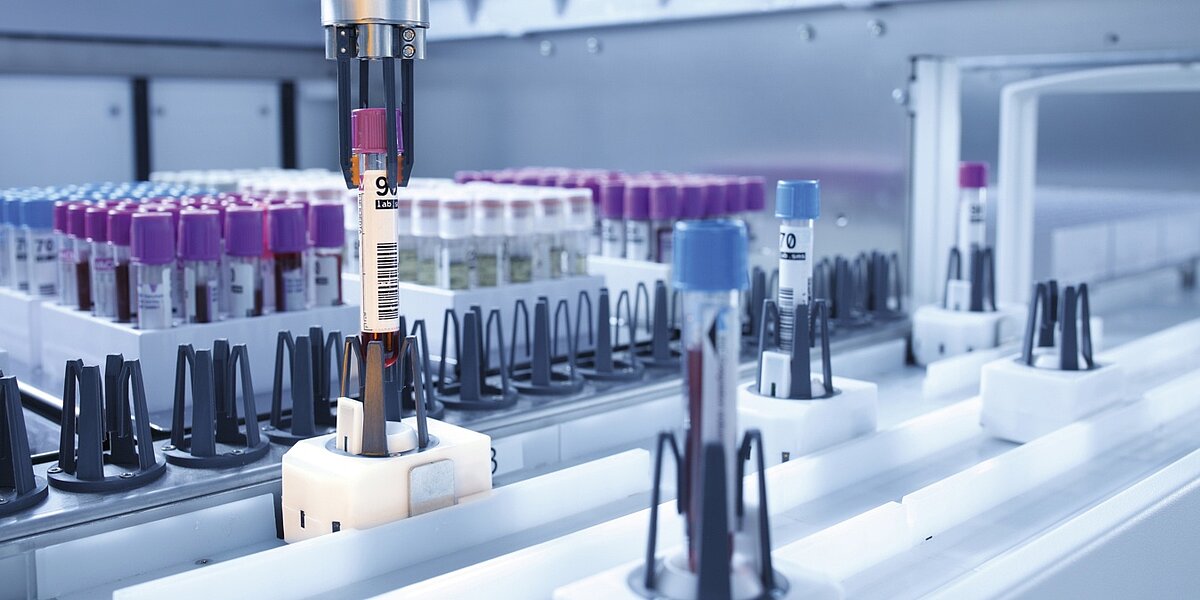50 years of Sysmex part 1: There is no today without yesterday
Posted by Sysmex Netherlands & Belgium on 12/2018
If you walk into a clinical chemistry laboratory and ask about haematology, urinalysis or coagulation, you’re likely to hear the name “Sysmex”. This wasn’t always the case, because every story has a beginning. Sysmex from Kobe, Japan, is known for its high-quality analytical systems and has grown into a multinational operating in 190 countries. In 2018 Sysmex celebrates its 50th birthday. This very special occasion is a good time to stop and look back on the past five decades. We took a trip down memory lane with our own Jan-Willem Schipper (CEO), who talked about changes in the field of diagnostics, the strength of a Benelux organisation and fifty years of Sysmex.
“The Sysmex measuring systems were known as workhorses, and they still are.”

What is your first memory of Sysmex?
"This was in the early 80’s, when I was an analyst at Rivierenland hospital in Tiel. Back then the lab worked with semiautomatic cell counters. We used a diluent to prepare a dilution of the blood for red and white blood cells, which were two different dilutions. Then we mixed those in a cup, and after a while you placed the cup under a counting tube. The tube displayed a number, which you wrote down. That was how we did cell counts back then. There were diluents and counting tubes for small and large cells. Thrombocytes, reticulocytes and eosinophils were counted in the counting chamber or on a slide under the microscope. I also got to know several people from Sysmex, including Jan Scheepmaker, who still works for Sysmex but is now based in Japan. There were not a lot of labs at the time that were using Sysmex."

Not a lot of laboratories used Sysmex back then?
"No, even when I started working at Charles Goffin (formerly Sysmex) in 1988, there were relatively few Sysmex users. We are industry leaders now, but back then it was a different story. “The Sysmex measuring systems were known as workhorses: they always got the job done “, Jan-Willem laughs. “The scientific approach was still in its infancy. A lot has changed over the years."
The birth of LIS, coagulation and the first 5-part diff analyser
"When I started working at Sysmex I initiated the implementation of software systems. Those set-ups were still pretty basic, just devices linked to a computer via a local network, which was then linked to a hospital information system. That was really the start of laboratory information systems (LIS). The first breakthrough in haematology happened in 1992 with the introduction of the NE-8000: the first fully automated 5-part diff analyser. It was the first analyser that had a close tube sampling feature and an automatic barcode reader, the beginning of “positive sample identification”. I also introduced the CA-500 coagulation systems, which had 5 parameters at the time. After two years we transferred those to Dade,now Siemens, under a contract with Sysmex Corporation."

Reticulocytes, slides and the first laser
"Some time later we launched the first fully automatic reticulocyte counter, the first in the world. We did a lot of "advertising" and everybody thought it was fantastic. Unfortunately, hospitals thought the system was too expensive. They didn’t see the added value yet. Then one of our competitors came out with an integrated system with a 5-part diff and reticulocytes. The first reticulocyte measuring system never really took off. We had our first success in 1995 with the first integrated haematology system "Sysmex HST" with the NE-8000 (CBC), R-3000 (RET) and SP-1 (this system made slides but did not have staining capabilities yet). It was also the first system to be linked to a PC. The later Sysmex SF-3000 was the first Sysmex device to use a laser; the measuring systems before that only used counting tubes. This was a giant step forward in terms of the sensitivity and accuracy of the tests."

Merger
"1999 was noteworthy as the year when Charles Goffin acquired Meyvis and became Goffin Meyvis. Meyvis was primarily active in the industrial market, and we realised that hospitals were not the only ones that needed analytical systems. Through this merger we acquired top brands such as Malvern (particle analysis) and Rion (sound). Meyvis was also engaged in a few smaller activities in Belgium, which allowed us to enter the market there. Charles Goffin was first based in IJsselstein and then in Tiel, while Meyvis was located in Bergen op Zoom. We eventually decided to build an office/showroom/warehouse in Etten-Leur, a central location in the Benelux."

The fastest analyser was what counted
"People used to think it was really important to have the fastest analysers, I don’t really remember why. The underlying idea was probably that the faster they were, the faster you got your results. You do need a good base speed, of course, but we didn’t fully understand the concept of turnaround time (TAT) until later. The bottleneck in the whole process is usually the preanalytical phase, i.e. from the time of collection to the arrival of the test tube at the lab. Another challenge was to get the data authorised in an information system as soon as possible, i.e. the postanalytical phase. The postanalytical data is pretty much under control, with different criteria, flagging, automated validation etc., but the preanalytical phase remains a challenge. For example, the syringe samples/specimens all arrive at the same time in batches, and you want to process them as soon as possible. On top of that, the quality of the blood collection and the transport to the laboratory is a determining factor for the quality of the final results. One of the developments in this area is GLP, where the sample automatically becomes part of the workflow almost as soon as it is collected."
Part 2 of the interview will be published soon. It will address the importance of a Benelux organisation, financial stimuli in urinalysis and the breakthrough success of the XE series.
